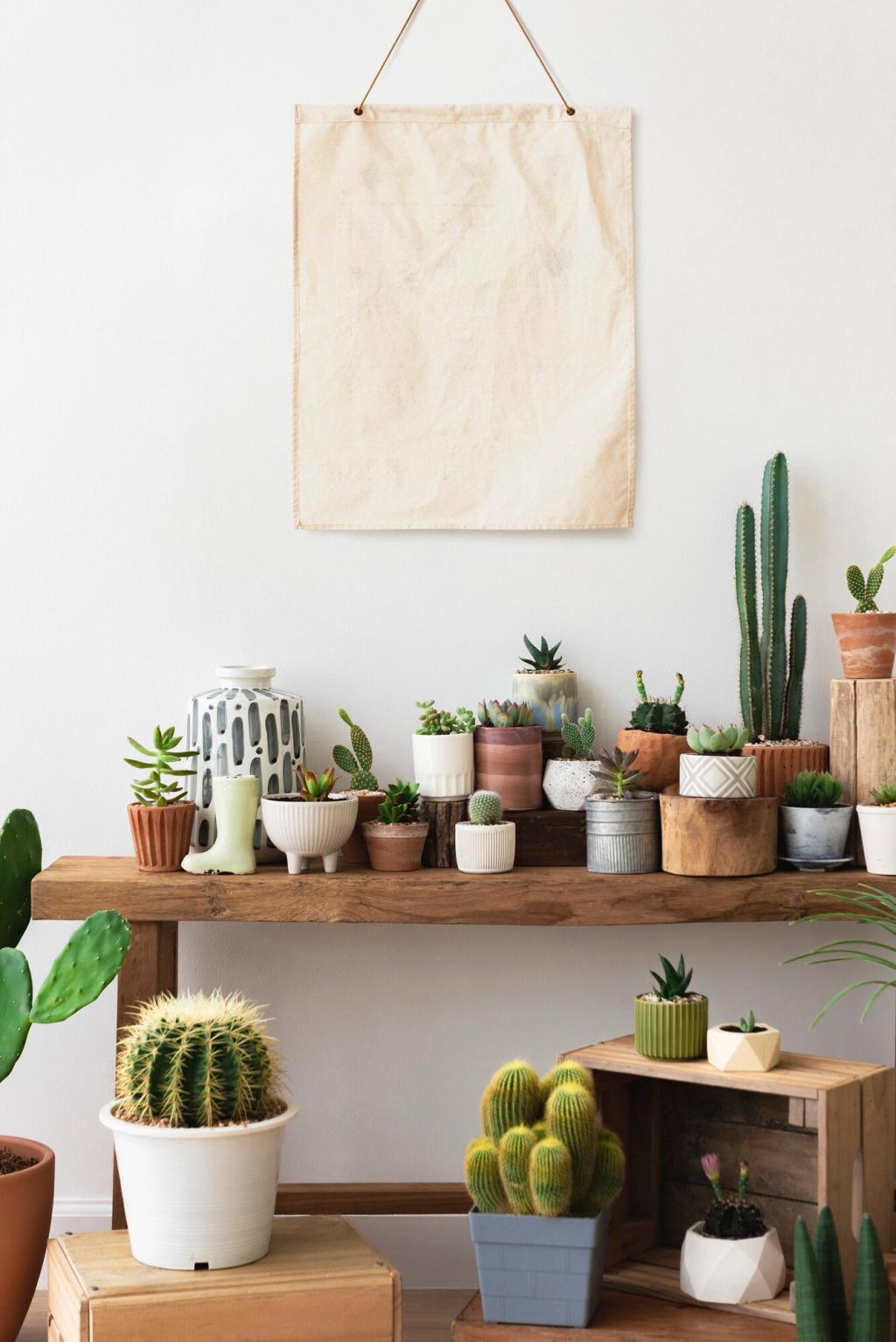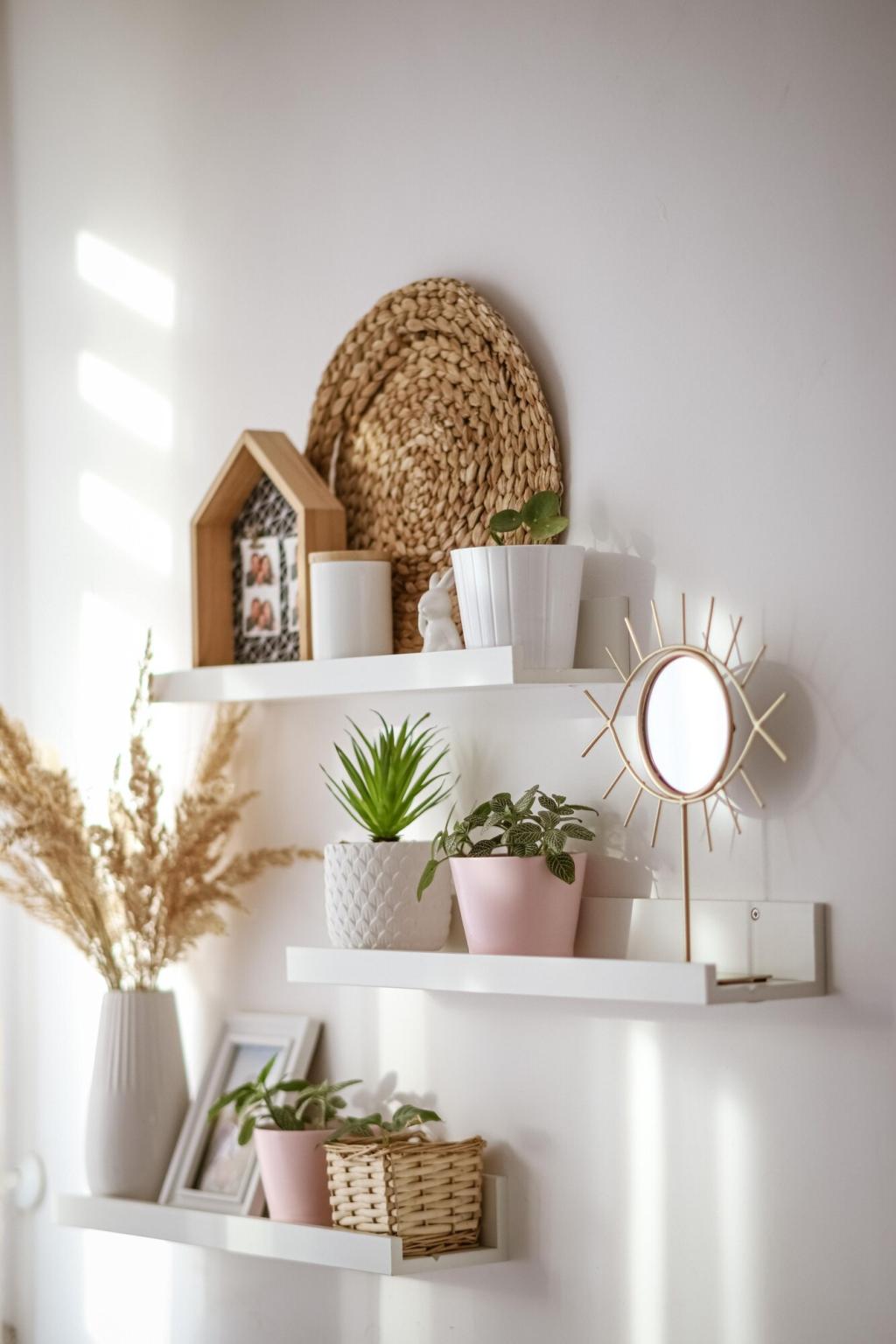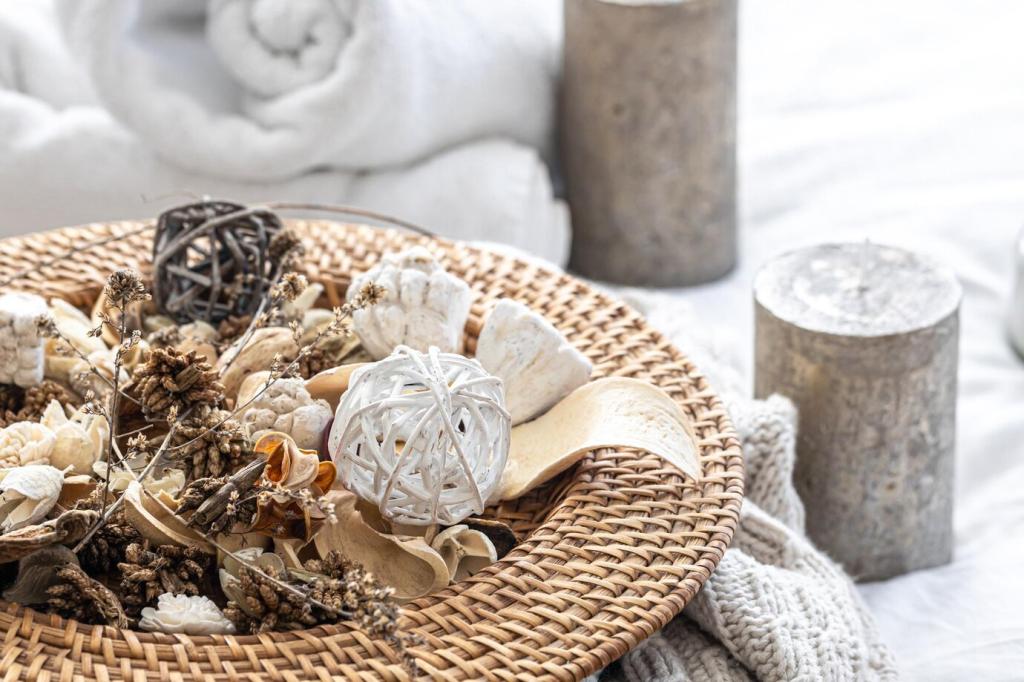Why Non-Toxic Matters: Understanding VOCs and Indoor Air
Volatile organic compounds can linger as invisible fumes long after paint dries, affecting comfort and indoor air quality. Choosing low- and zero-VOC paints reduces off-gassing, especially when paired with good ventilation, allowing your space to feel clean, calm, and truly move-in ready sooner.
Why Non-Toxic Matters: Understanding VOCs and Indoor Air
Watch for formaldehyde-releasing preservatives, ethylene glycol, toluene, and heavy solvent blends that raise emissions. Older coatings, stains, and adhesives can also contribute. Non-toxic alternatives use water-borne binders and safer additives, offering comparable performance without the harsh odors that keep you out of a room for days.






